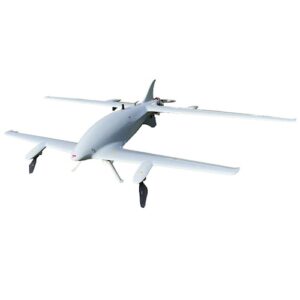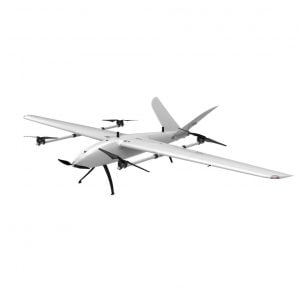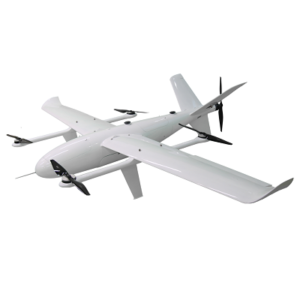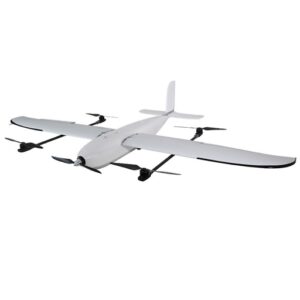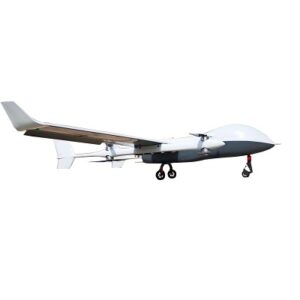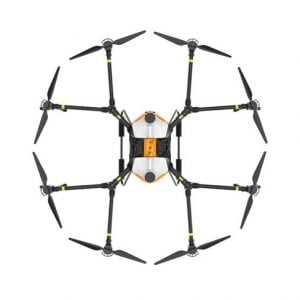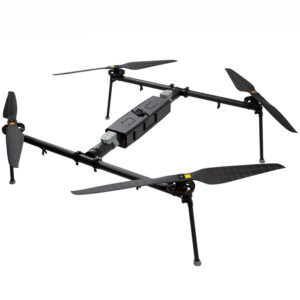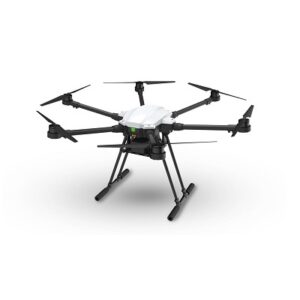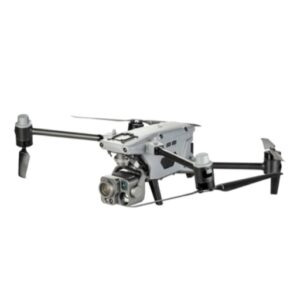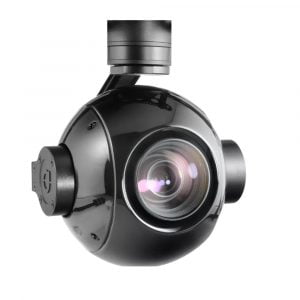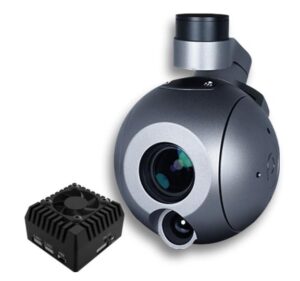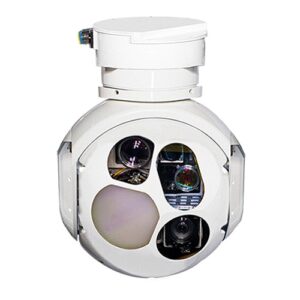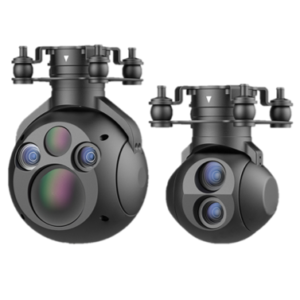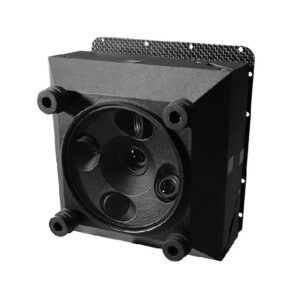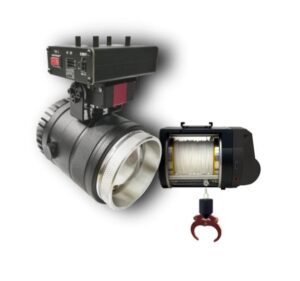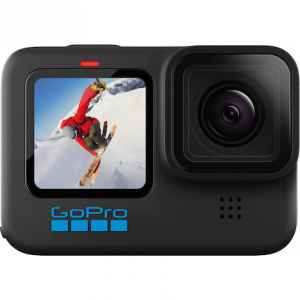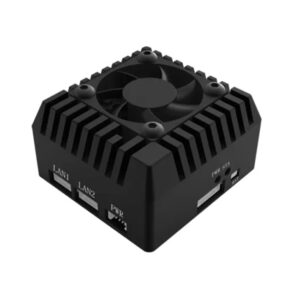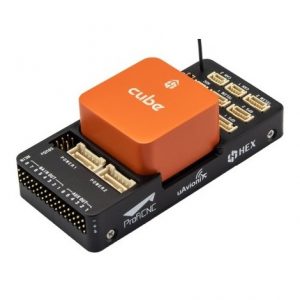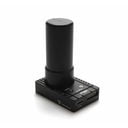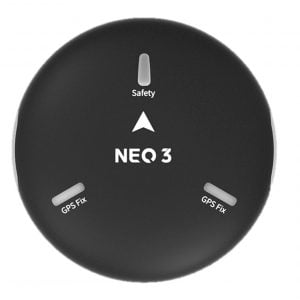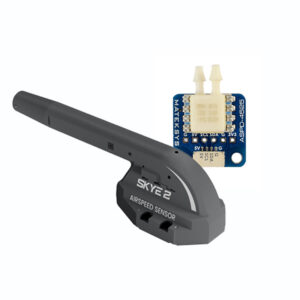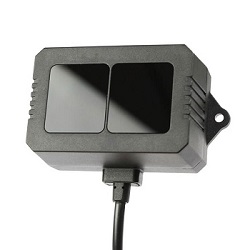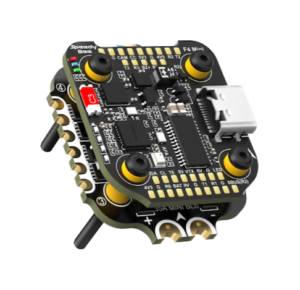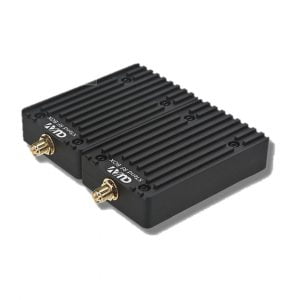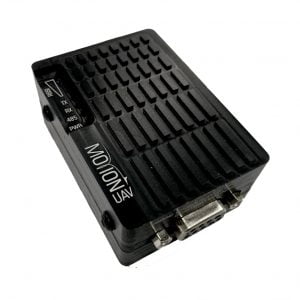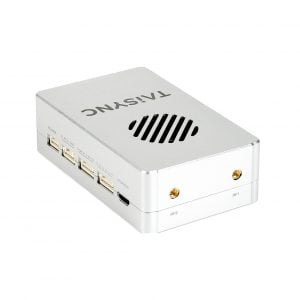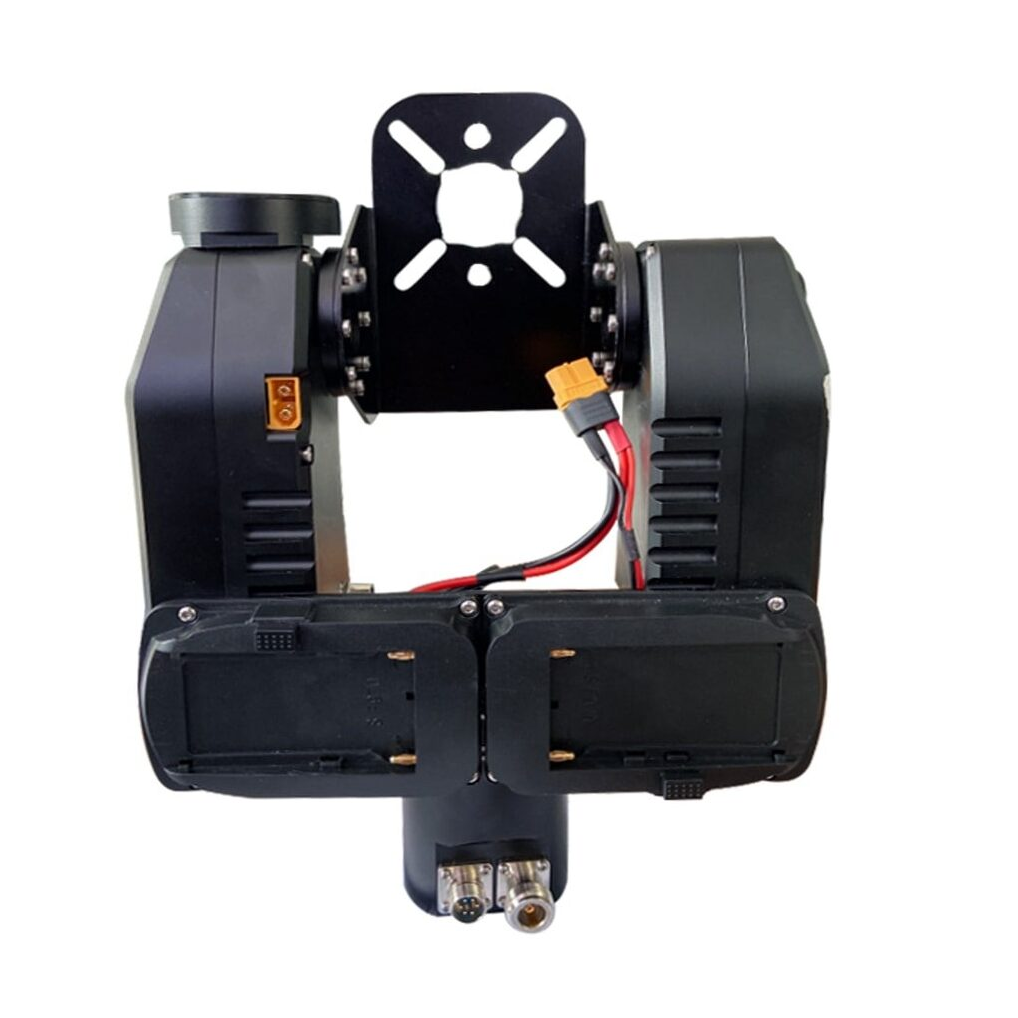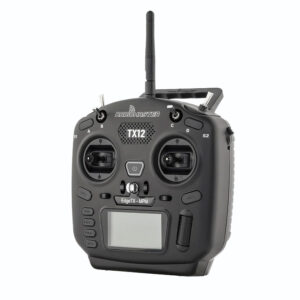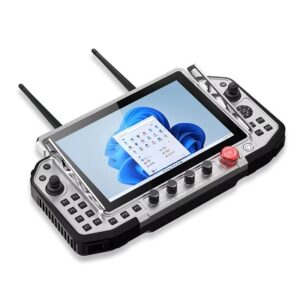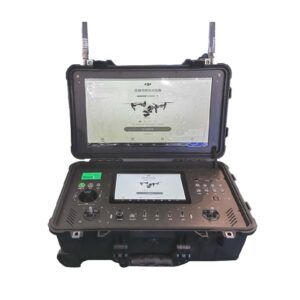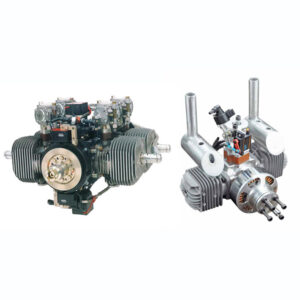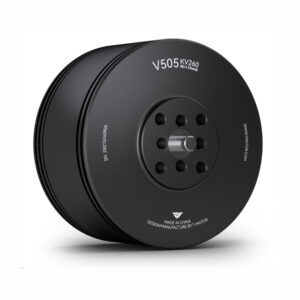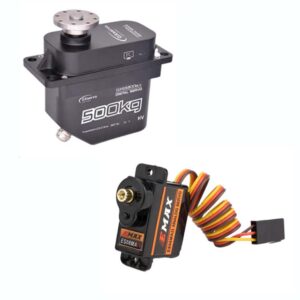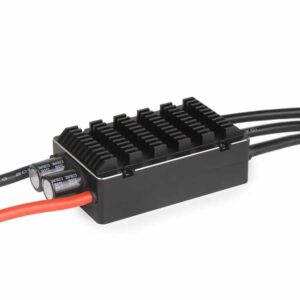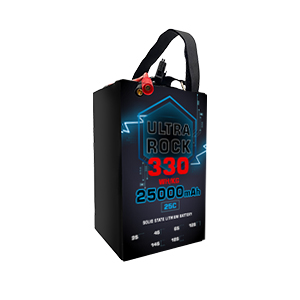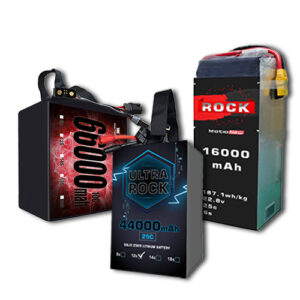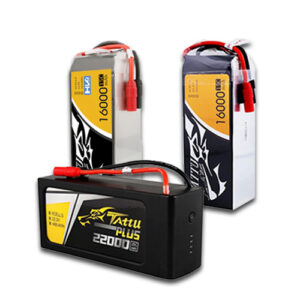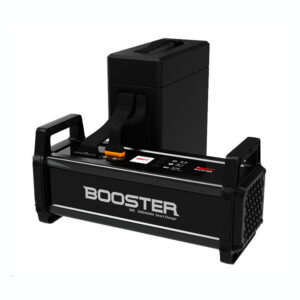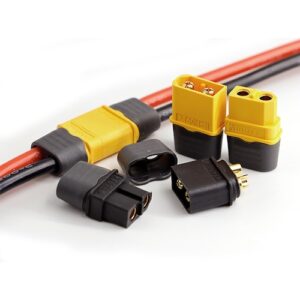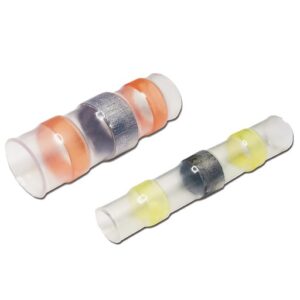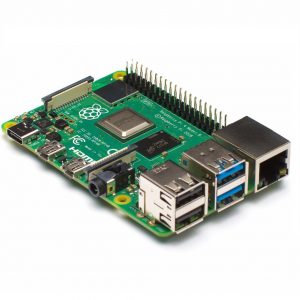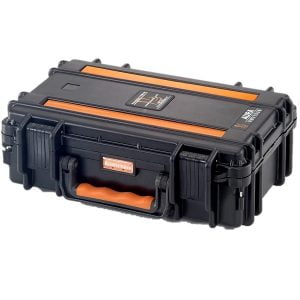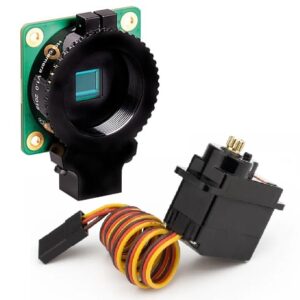Communication Link Monitoring in Drones: Why It Matters and How It Works
On June 29, 2025

At Motionew.com, we specialize in professional UAV components and communication systems that ensure safe, reliable, and long-range drone operations. One critical aspect of any advanced drone setup—especially for VTOL and long-endurance missions—is communication link monitoring.
But what exactly does it mean? And why is it so important?
If you’re familiar with UAV systems but want to understand what communication link monitoring is, this article breaks it down in simple, clear terms for non-professionals with a technical interest.
What Is Communication Link Monitoring?
Communication link monitoring refers to the process of continuously observing and evaluating the signal strength, quality, and reliability of the data connection between a drone (aircraft) and its ground control station (GCS).
This connection typically includes:
- Control link (for sending commands)
- Telemetry link (for receiving drone status and flight data)
- Video/data link (for real-time visuals or payload data)
Monitoring ensures that the drone maintains a stable, uninterrupted connection—especially critical for BVLOS (Beyond Visual Line of Sight) operations.
Need reliable data links and monitoring tools? Explore our Data Link & Video Link category.
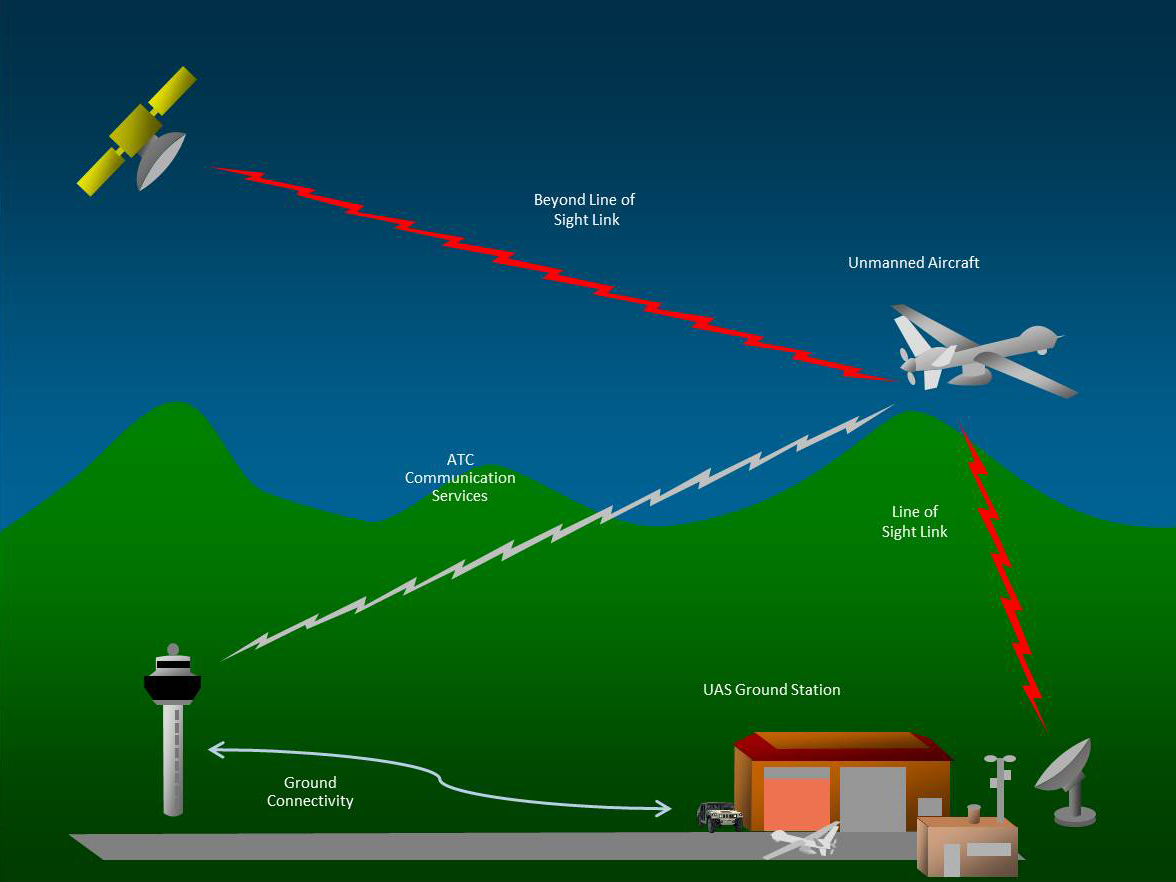
Why Is Communication Link Monitoring Important?
1. Flight Safety
Drones rely on a live link to receive commands and transmit telemetry. If this link becomes weak or drops, the drone may:
- Enter fail-safe mode (e.g., Return to Home)
- Lose control temporarily
- Fail to send back critical data
Monitoring helps predict and prevent link loss by tracking signal quality in real-time.
2. Mission Continuity
In mapping, delivery, inspection, or rescue missions, maintaining a strong communication link is vital. Communication link monitoring helps:
- Adjust antenna direction or relay settings during flight
- Warn operators before signal degradation occurs
3. Performance Optimization
Advanced monitoring tools offer metrics such as:
- Signal strength (RSSI)
- Noise levels
- Latency
- Packet loss These metrics allow teams to optimize communication hardware and software for better range and stability.
Common Technologies Used in Communication Link Monitoring
1. Telemetry Modules
Telemetry systems like SiK radios, 4G LTE modems, or RF-based links can transmit diagnostic data about signal strength and link status.
2. Datalinks with Built-In Monitoring Tools
High-end data links (e.g., CommuniNet, ViULiNX) often come with built-in dashboards that display:
- Live bandwidth usage
- Connection status
- Signal degradation alerts
These tools give operators a live window into how the drone is communicating.
3. Ground Control Software
Most GCS platforms (like QGroundControl, Mission Planner, or proprietary systems) have link monitoring dashboards showing:
- Ping response time
- Signal drop alerts
- Automatic reconnection attempts
Operators can act quickly if they detect an unstable link.

Real-World Use Cases
✔ Long-Range VTOL Flights
Monitoring ensures that data and control signals remain solid beyond 10–20 km, especially when terrain or buildings may interfere.
✔ Infrastructure Inspections
Link monitoring helps drones maintain consistent video streams when inspecting bridges, pipelines, or power lines in remote areas.
✔ Search and Rescue
Reliable communications are life-saving during real-time surveillance or during coordination with rescue teams.
Conclusion
So, what is communication link monitoring?
It’s the process of tracking and managing the signal quality between your drone and its control system. It keeps flights safer, missions smoother, and performance more reliable.
At Motionew.com, we offer professional communication systems, antennas, and telemetry tools designed for long-range, high-risk, and high-precision operations. Whether you’re flying VTOL drones or building your own system, visit our Data Link & Video Link and Electronics Hub to explore the best tools for reliable drone communication.
